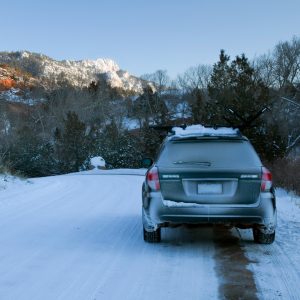Winter is just around the corner; for some it may feel like it’s here already. The cold weather brings a number of driving problems that you need to look out for. It’s important to drive safe, otherwise you’re putting others and yourself at risk; let alone your license. Check out these tips for the most hazardous conditions during this time of year.
Black Ice on the Road
It’s been cold but you don’t see anything on the road. The problem is black ice is difficult to see. You won’t even know it’s there until you touch it. Ice means no grip for the wheels and you run the risk of crashing into all sorts of things, including people. Take corners slowly and don’t panic when you do hit the ice.
Driving In the Dark
It’s getting darker earlier and it leads to all types of perception problems. Streets look narrower, bends look tighter and the road just seems a very scary place. If you’re not comfortable driving in the dark, consider other forms of transport to get you to and from work. However, practise is the best thing for you and you could benefit from anti-reflective lenses.
The Sun Hitting a Low Point

The sun in the summer isn’t as bad as that winter sun when it hits just below your visor. There is just nothing you can do and all you see are silhouettes. Getting the right type of lenses can really help with this and normal sunglasses are not going to help. Try investing in some polarising lenses, which will reduce the glare that you suffer from.
Mixing the Rain and Sun
The sun may not be that low down but if there is water on the road, there is still the glare to contend with. If it’s been raining and you’re going out driving, think about it beforehand. Like the sun hitting that low point, you can counter the effect with a pair of lenses with a polarising effect. While they may not solve everything, it’s better than trying to just deal with the silhouettes and hope for the best.
Fogging Up Windscreens
When you just get in the car, the screen will likely be frozen or fogged over. You need to make sure this is completely clear before you start driving. If you know you’re going to have to leave at a certain time, get out and start the engine with 10 minutes to spare; your car will be warm when you get to it. If you drive with fogged windscreens, you don’t have a clear vision and you risk crashing.
Frozen Water and Windscreen Wash
Look after your car during the winter months. As soon as it starts to get cold, get some antifreeze into your water system. This will help protect it from freezing over before you need to drive. Keep that topped up the whole time; have a bottle in your car just in case you need it while on the road. You should also look for windscreen wash that has an antifreeze element to it.